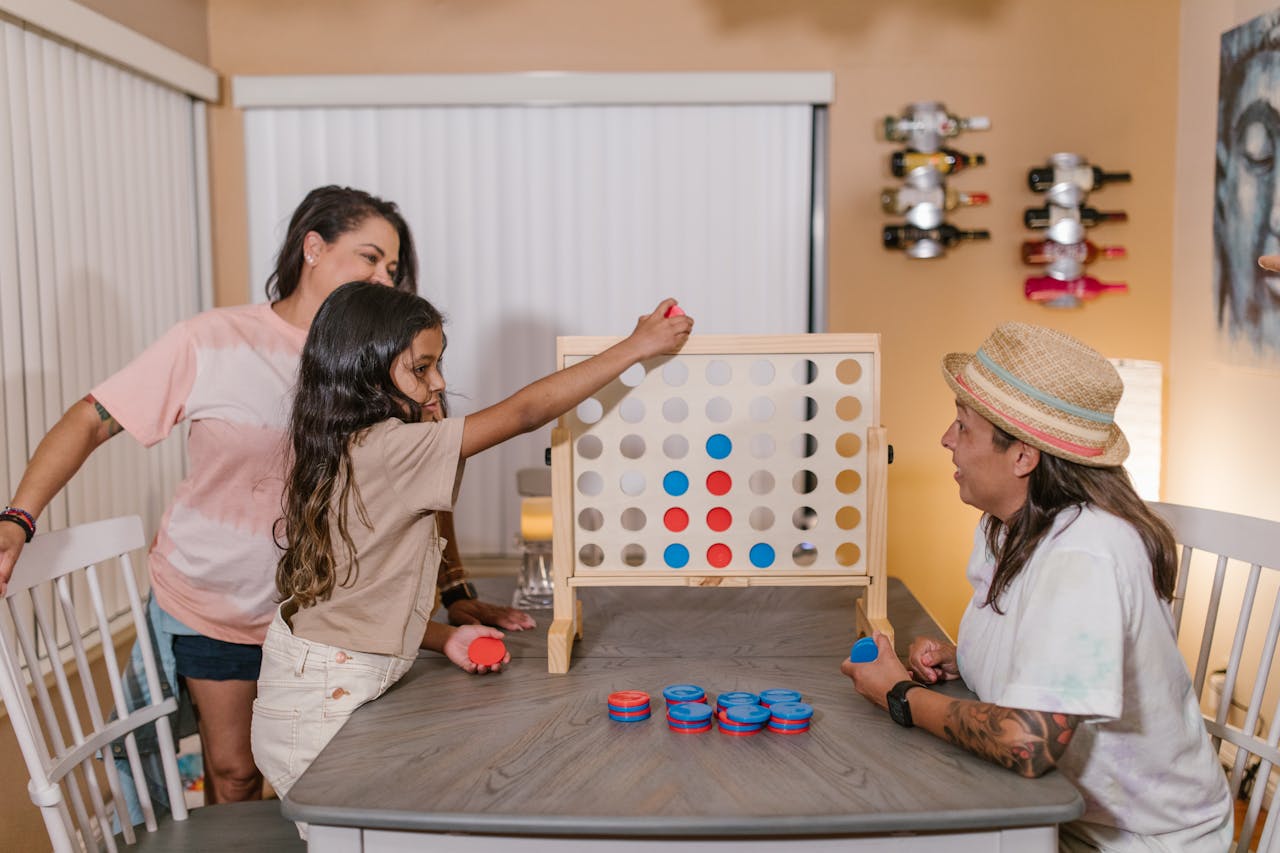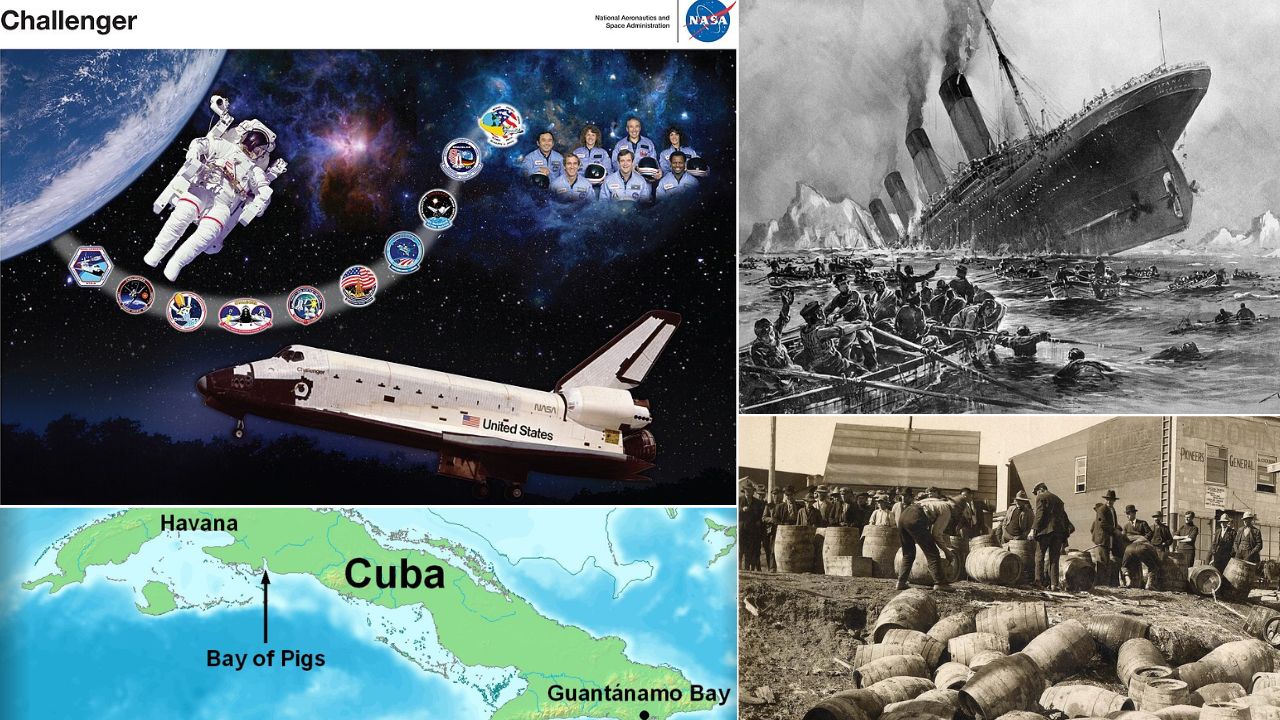Board games taught counting, logic, and teamwork long before screens. These 12 picks mixed real skills with quick fun and still earn a place on today’s shelf. We include the release year in each section to show how ideas traveled from living rooms of the past to family nights now. You will see word hunts, code breaking, marble physics, and fast drawing that train focus without feeling like homework. Use this gallery as a restart plan for family nights, classrooms, and dorm lounges. Pull a box, set a timer, and let a few smart turns replace another scroll.
1. Mall Madness
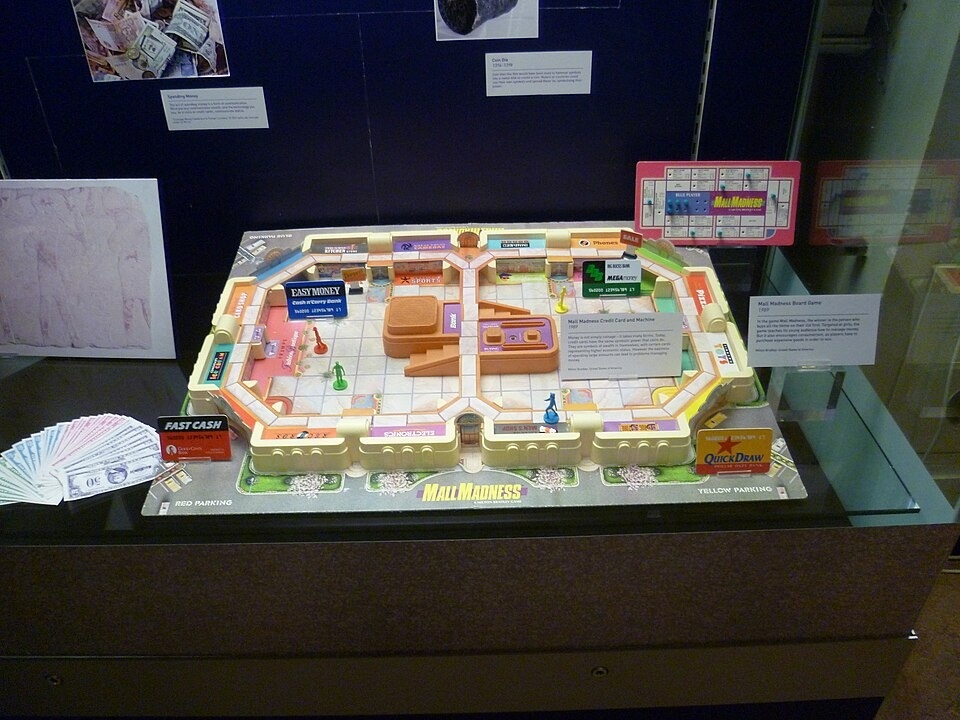
The talking console in this shopping game turned price drops and store closures into quick decisions. Released in 1988, it asked players to plan routes, compare deals, and manage cash before sprinting to the elevator. Under the neon theme is budgeting practice you can feel at the register. Today it still teaches receiving change, prioritizing errands, and choosing when to skip a sale. Timed turns keep everyone engaged, and the map rewards smart detours instead of random wandering between plastic storefronts.
2. Connect Four
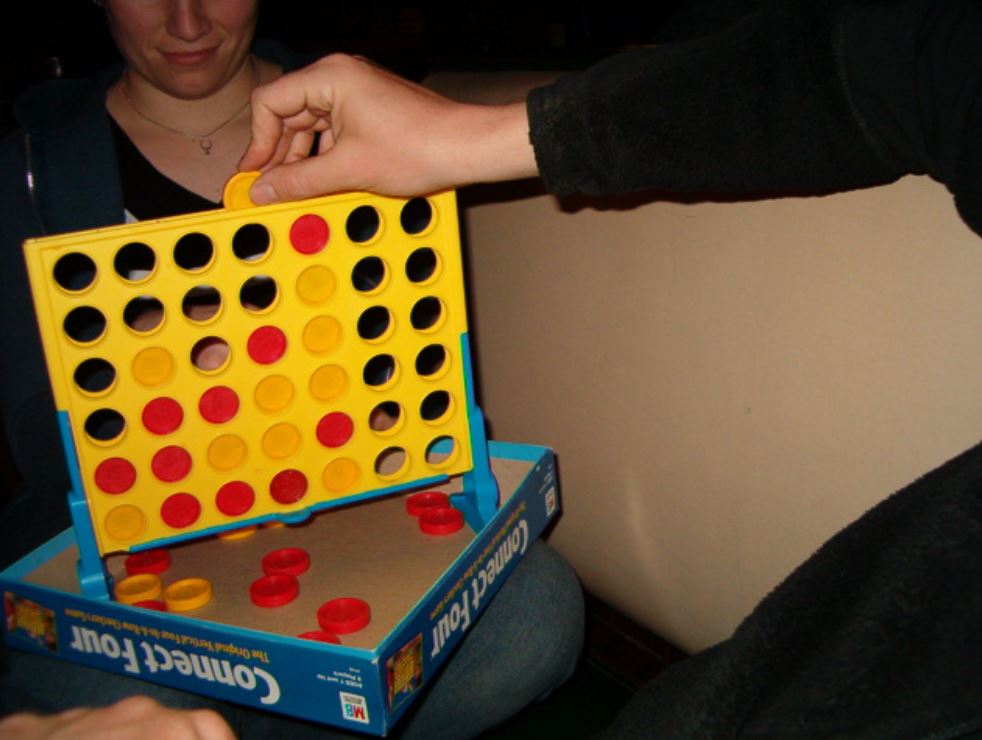
Gravity is the real referee here. Introduced in 1974, the vertical rack forces every checker to affect rows below, so each turn creates two threats or blocks at once. Kids spot patterns, set traps, and plan three moves ahead while rounds finish in minutes. First-player advantage exists with perfect play, yet most family matches remain tactical and fair. Travel versions fit a backpack, and classrooms use it for quick logic warm ups. Reset, swap colors, and the puzzle feels new again.
3. Guess Who?
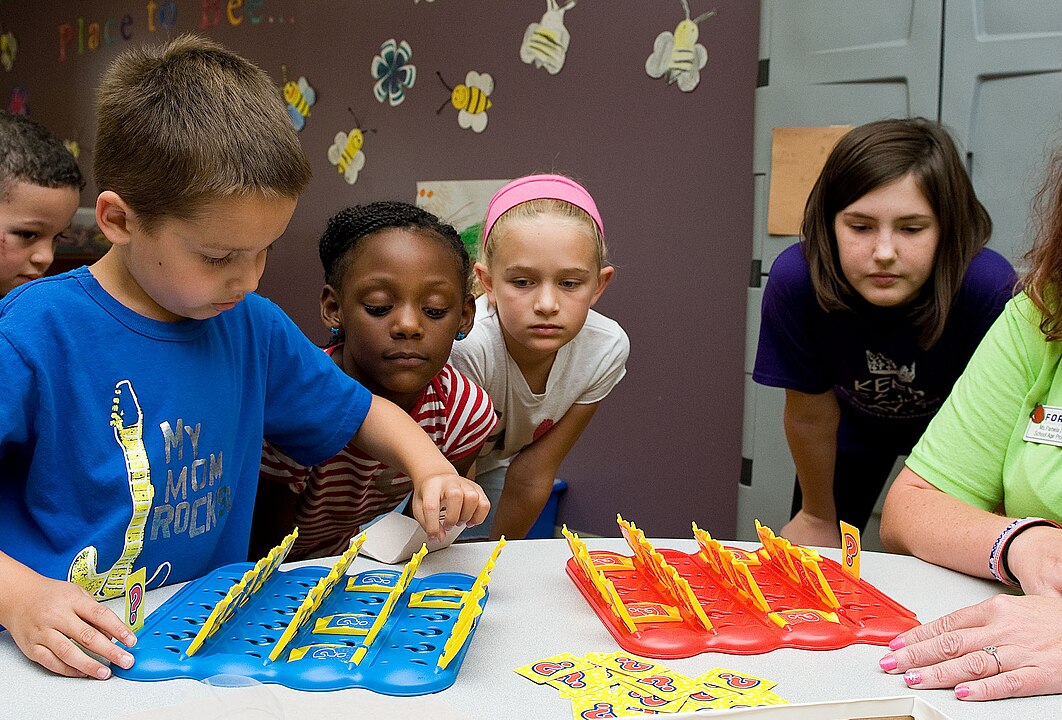
Deduction becomes a conversation in this flip-frame classic. The 1982 design turns yes or no questions into a shrinking field of faces as players pivot from hair to hats to glasses. The skill is phrasing questions that eliminate the most options at once, then adapting when an answer wipes a whole row. Short rounds mean big groups can rotate without long waits. Teachers reuse the frame with custom cards for vocabulary or history figures, keeping the logic engine useful after the standard deck.
4. Mystery Date
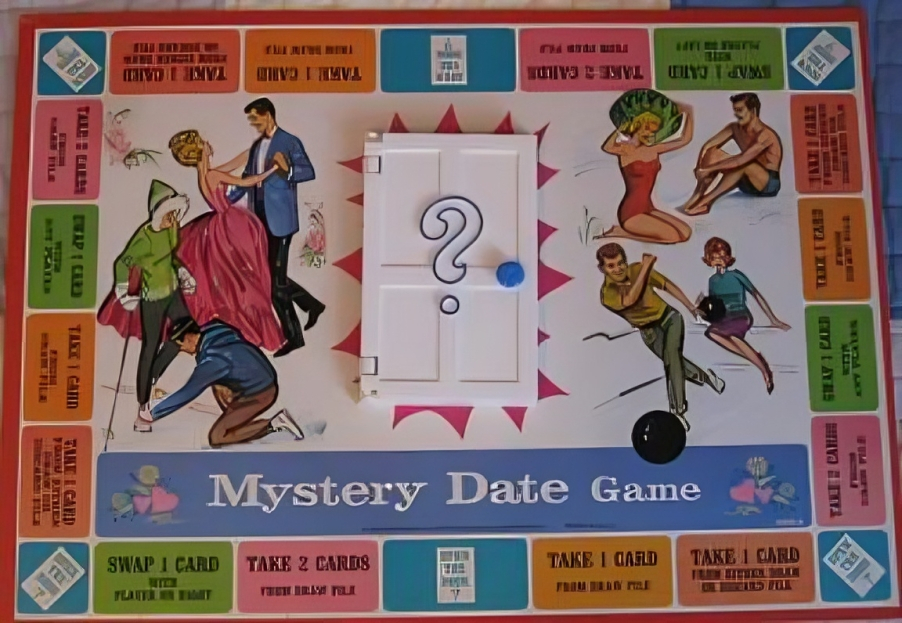
Behind the plastic door sits clean probability and set collection. Published in 1965, players gather outfit cards to match a hidden reveal, then decide whether to open now for points or draw again to improve odds. The suspense beat still works for party games today. Turns move fast, and the math is simple enough for early readers. Update the card sets and the engine stays modern. What once looked like pure camp quietly teaches timing, hand management, and risk control.
5. Boggle
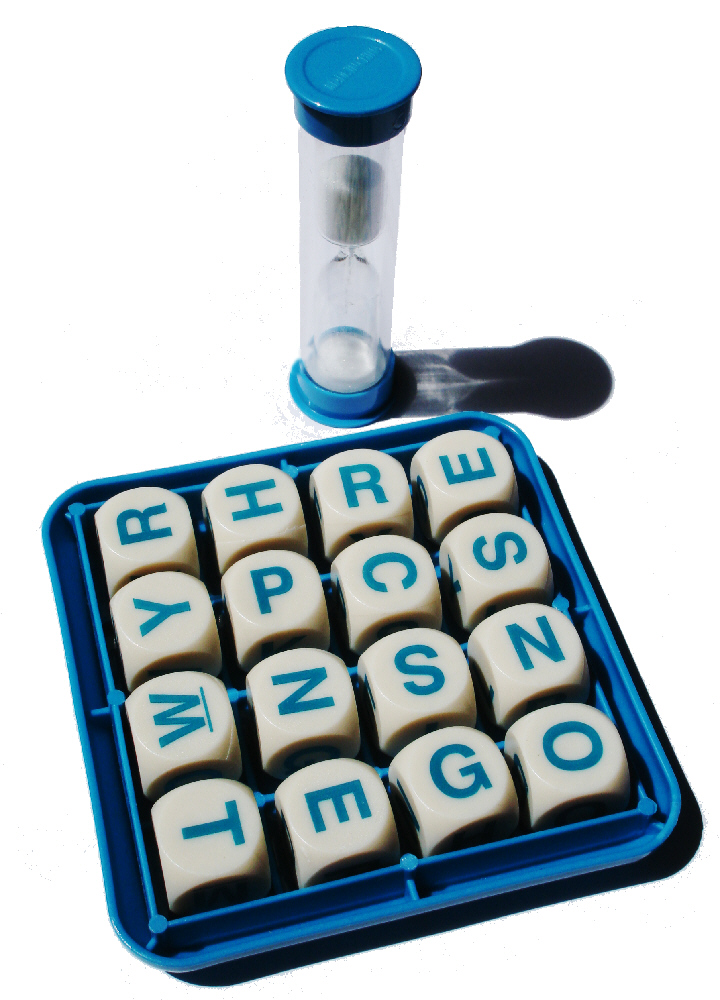
Shake, settle, and scan. Since 1972, this 4×4 grid has pushed players to build longer, rarer words before the sand runs out. Scoring rewards terms others miss, so calm pattern spotting beats random guessing. Every board is new, which keeps replay high without expansions. Families get vocabulary practice without worksheets, and classes can run table-wide rounds with one tray and a timer. Because the lid snaps on, cleanup is instant and the cubes are ready for the next three-minute sprint.
6. KerPlunk
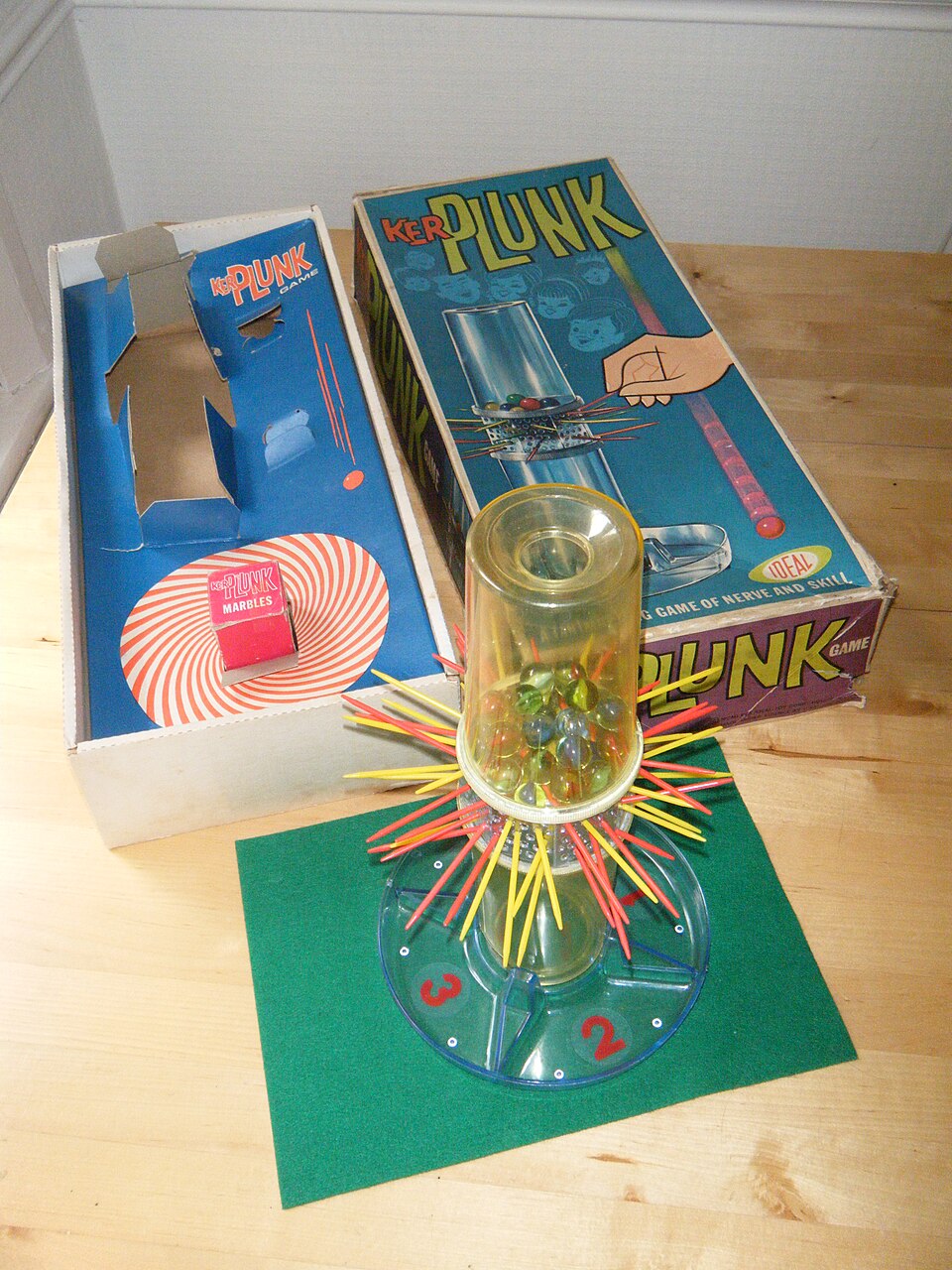
Physics you can see. Published in 1967, KerPlunk stacks marbles on a lattice of plastic sticks, then asks players to pull one without a cascade. The puzzle is tension and support: which rod carries load, which only looks important, and how gaps shift risk. Hands learn gentle control while eyes track structure. Rounds are short, setup is quick, and even young players can join immediately. It works as a party station or classroom center because turns are simple and resets take seconds.
7. Don’t Break the Ice

From 1968, this tap-out puzzle teaches force and support. Each plastic block shares load, so a light strike in the right spot can keep the skater safe while a heavy hit topples the whole sheet. Kids learn to predict which piece anchors others and to control swing speed. Setup is quick and games finish in a few minutes, which makes it perfect between homework tasks. Adults will spot Jenga style tension in a cleaner, shorter format that resets without fuss.
8. Mastermind
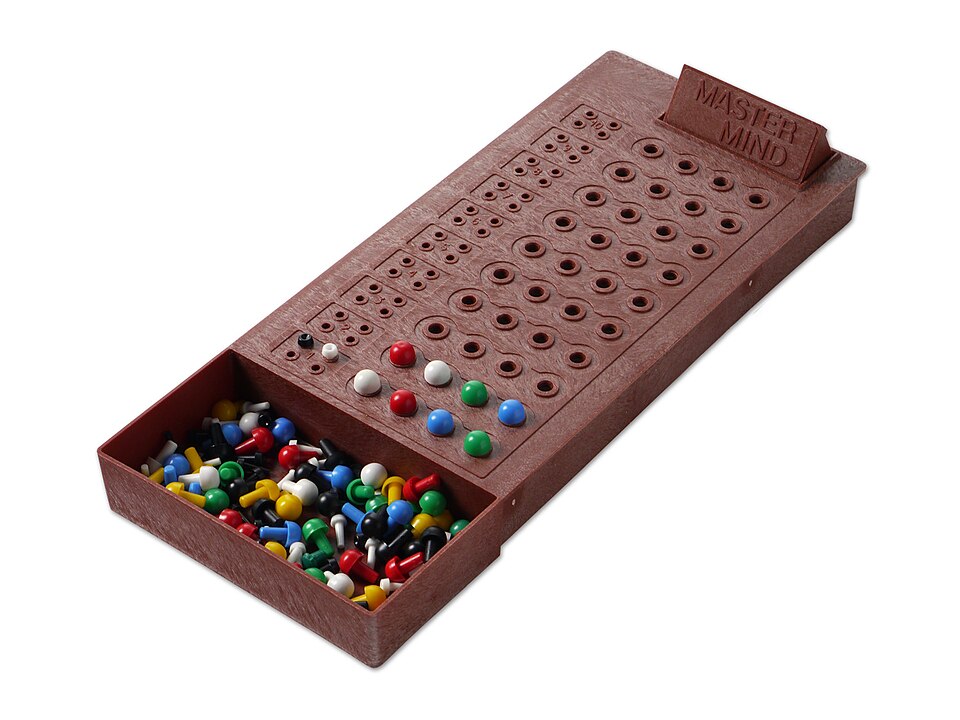
Codebreakers still learn from this peg-and-hole puzzle. Sold widely from 1970, it has one player hide a color code while the other guesses and reads feedback pegs for right color and right position. The loop is hypothesis, test, record, and refine. Difficulty scales by changing code length or allowing repeats, so the same box fits many ages. Travel boards fit a glove compartment, and no reading is required. When the pattern finally clicks, the reveal feels earned instead of lucky.
9. Fireball Island
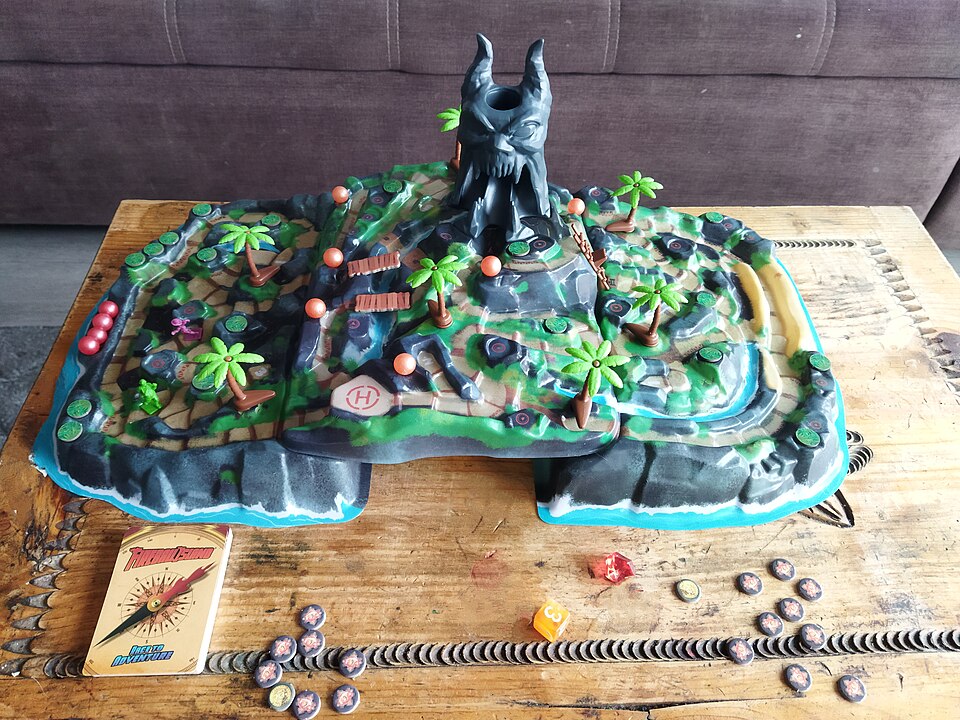
A 3D board, marble chutes, and risky paths made this 1986 adventure feel alive. Players race for treasures while fireballs roll, so every route choice balances speed against exposure. The design quietly teaches reading elevation, planning around hazards, and accepting shared randomness as fair. House rules add variants without breaking the core. Setup takes a bit, but the payoff is a table-wide gasp when a marble changes the leaderboard. It remains a smart blend of spectacle and simple tactics.
10. Escape from Atlantis
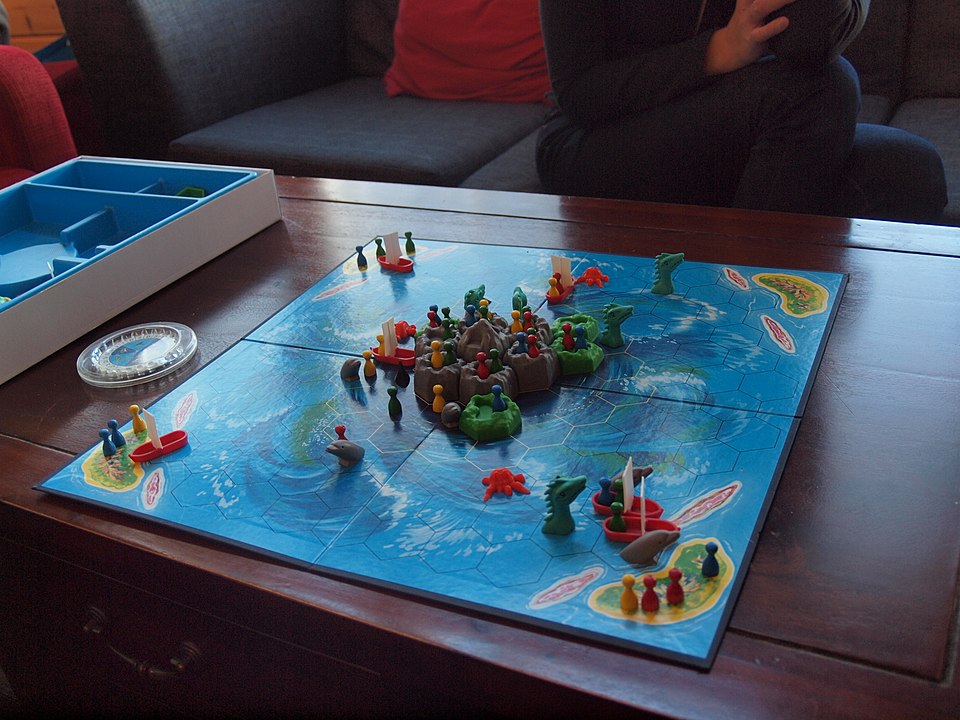
Sinking land tiles and hungry sea creatures force tough calls every turn. Known from 1986 editions, the game makes players move swimmers by boat or by water as the island vanishes. The map changes constantly, so adaptability is the main skill. Counting moves, choosing safe channels, and deciding whom to save become lessons in planning under pressure. Because hazards flip from tile backs, risk management stays front and center. Games run under an hour, yet decisions feel meaningful throughout.
11. Pictionary
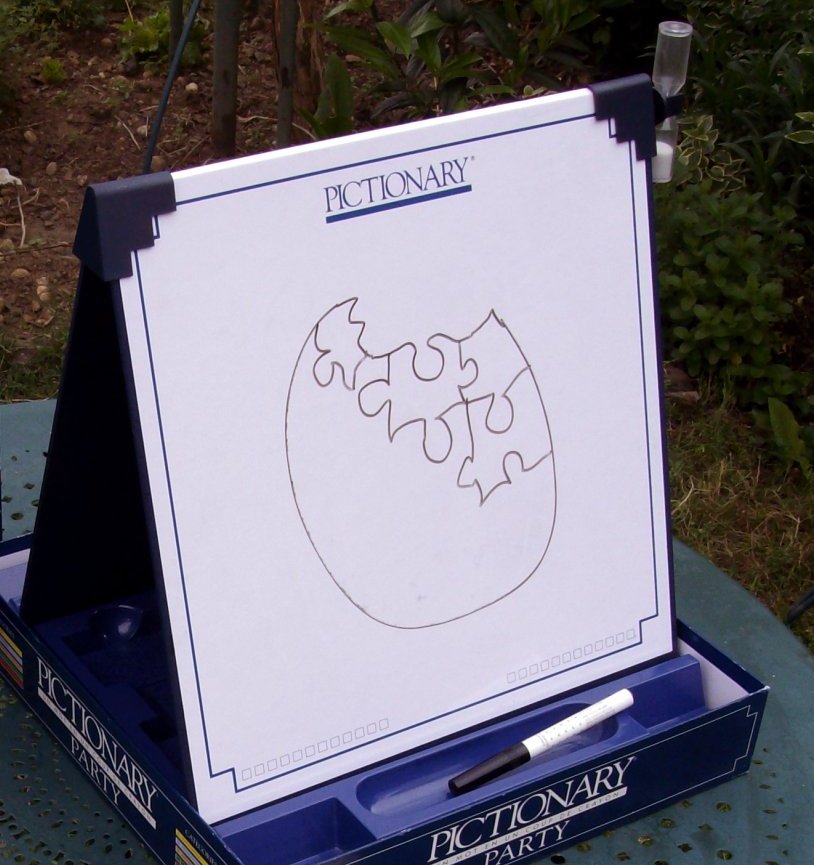
Drawing under a timer turns teams into quick communicators. Debuting in 1985, Pictionary bans letters and talking, so players shift to arrows, icons, and simple shapes. The board organizes categories while the sand forces fast choices. It trains visual thinking and group coordination without requiring trivia depth. A small whiteboard can replace the boxed set for classes or camps, and custom word lists tailor difficulty. The mix of pressure and laughter keeps rounds lively and fair even for shy players.
12. Girl Talk
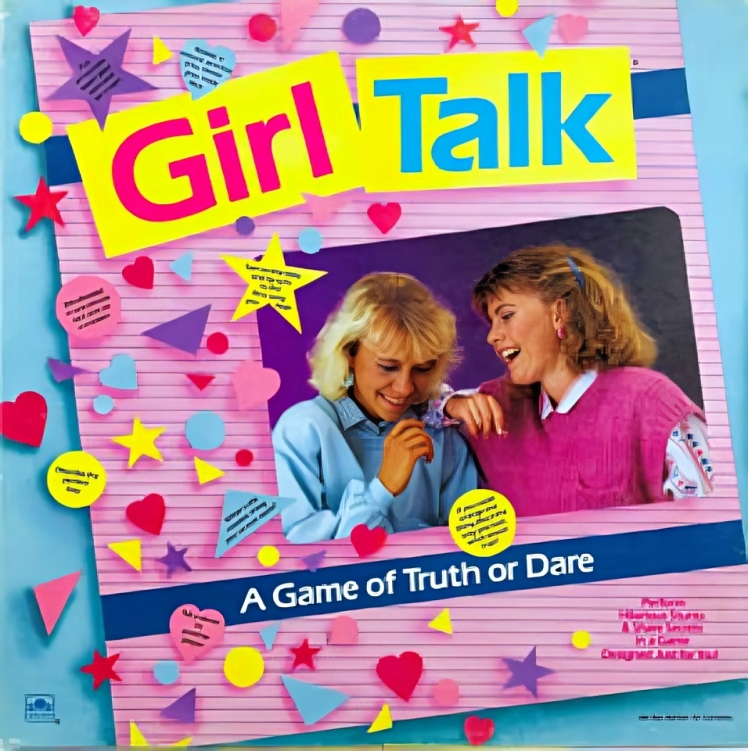
Sleepover fuel from 1988 that reads like early social gaming. Spins trigger dares and small challenges with clear rules and quick turns. The structure gets everyone speaking without long monologues and sets safe boundaries for play. Update the prompts and the frame still works for modern groups. Because it uses simple props, setup is fast and the game survives missing pieces. The real skill is confidence practice in a friendly circle, the kind of low stakes talking many teens still need.
